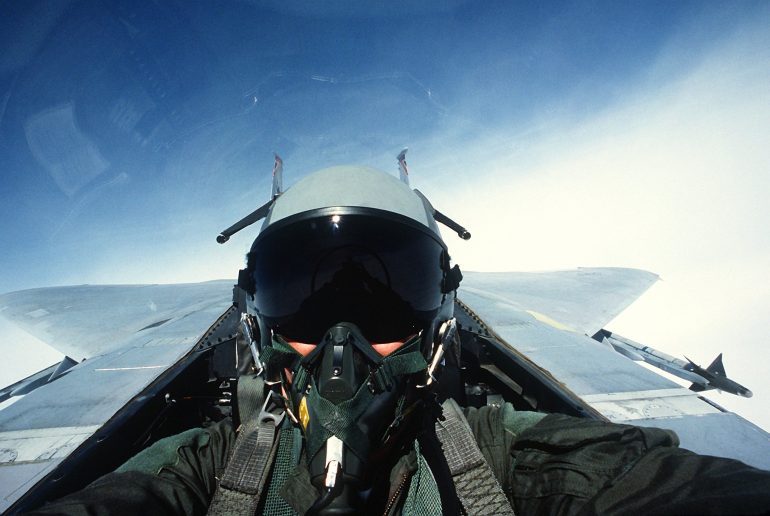- U.S. Air Force seeks industry input for developing AI-enhanced high-performance computing (HPC) systems.
- Project named Advanced Tracking Architecture Using AI (ATA-AI) aims to improve target tracking with diverse data sources.
- The Air Force Research Laboratory Information Directorate in Rome, N.Y., has issued a presolicitation for algorithms and applications.
- Key focus areas include 3D pixel, vector, and point cloud data processing, and using AI for signal and image intelligence.
- Industry is also tasked with integrating data from various sensors into traffic tracking and disaster response systems.
- Initial phase involves submitting white papers, with promising candidates invited to submit formal proposals.
- Expected funding for the program is around $99 million over four years.
Main AI News:
The U.S. Air Force is calling on industry leaders to integrate artificial intelligence (AI) and machine learning technologies into the development of a cutting-edge high-performance computing (HPC) system for next-generation target tracking. This system aims to leverage diverse data sources to enhance tracking capabilities.
The Air Force Research Laboratory Information Directorate, based in Rome, N.Y., has released a presolicitation (FA875024S7004) for its Advanced Tracking Architecture Using AI (ATA-AI) initiative. The project seeks industry contributions in creating algorithms and applications for processing 3D pixel, vector, and point cloud data, as well as accelerating these processes on HPC systems.
The ATA-AI project also invites proposals for utilizing AI and machine learning to improve signal and image intelligence through identification, classification, and pattern recognition. Additionally, industry participants are encouraged to develop methods for integrating signals from satellite and inertial navigation systems, RF identification trackers, and telematics data into traffic tracking systems. This would allow for monitoring adversary communication patterns.
Moreover, the project aims to develop technologies that process data from cell phones, satellites, inertial navigation systems, RF trackers, accelerometers, altimeters, and personal fitness devices into actionable graphics for first responders. This information will aid in locating individuals in disaster scenarios based on their last known device locations.
At this stage, the Air Force is requesting white papers from industry participants. Successful submissions will lead to formal proposal invitations, with anticipated awards totaling approximately $99 million over the next four years.
Conclusion:
The U.S. Air Force’s initiative to incorporate AI into high-performance computing for target tracking represents a significant opportunity for industry leaders to advance technology in defense applications. This project not only encourages the development of sophisticated algorithms and processing techniques but also highlights the increasing integration of AI into critical military systems. For the market, this signals a growing demand for innovative AI solutions and offers potential for substantial investment and collaboration in the defense technology sector.

